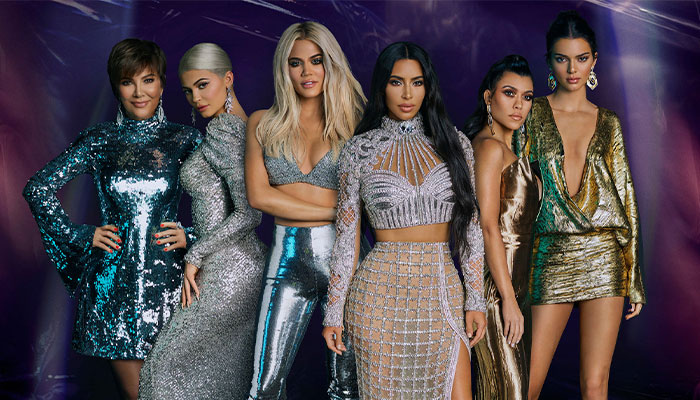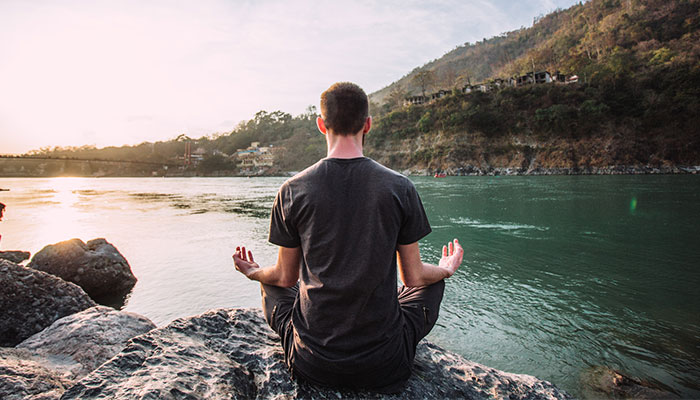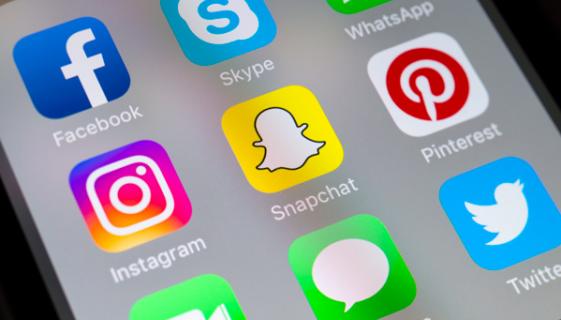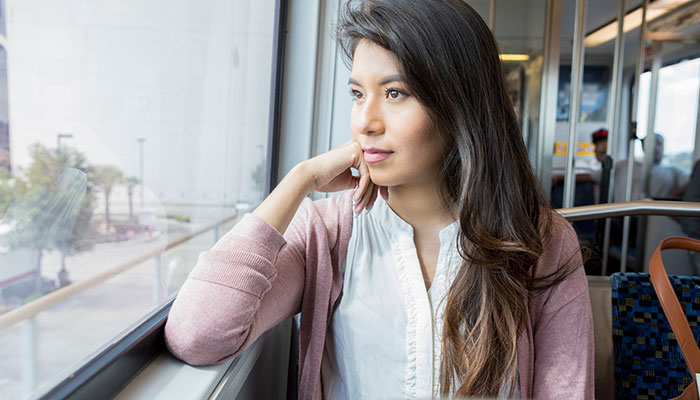In his pre-COVID research into social media envy, Associate Professor Lawrence Ang found envy could flip its traditional role as one of the seven deadly sins. The normally negative emotion can become persuasive.
It's complicated: Envy is key to influencer success, but harnessing the wrong type of envy can have a negative impact, suggests research by Associate Professor Lawrence Ang.
“Envy is an emotion that follows upward social comparison. It occurs when a person covets but lacks what another possesses,” says Ang. “But the coronavirus has turned some of this around.
“Whether influencers are still ‘influential’ will depend on the product category. If you are a travel influencer in the COVID-19 era, then you are in trouble. If an influencer is still seen to be travelling when no one else can, envy can quickly turn to shame.
“Of course, if a travel influencer can adapt and change their focus to fitness, gyms or sports clothing, their followers could still be engaged. And with people locked down and stuck to their screens, this might be sustainable.”
People who view a lot of social media, especially young girls, get depressed because they see their contemporaries looking beautiful and going to fabulous places.
Ang is no fan of social media at the best of times. Or the worst of times. He says repeated studies have shown social media is a massive time waster, a major distraction and that it compromises our ability to focus. It also causes depression.
“People who view a lot of social media, especially young girls, get depressed because they see their contemporaries looking beautiful and going to fabulous places,” he says. “And even though we know the look is highly curated, we are still envious.
“Our study, conducted with my then-PhD student Camille Singh (now Dr Singh), into the persuasive effects of envy on brand appraisal was interesting from a marketing point of view.
"Essentially, we looked at whether the ‘keeping-up-with-the-Joneses’ effect works on the internet and how this happens. Camille carried out a series of in-depth interviews, surveys and online experiments to try to figure this out.”
A conference paper based on this research won Best Paper at the International Conference on Research in Advertising, 2019 at Krems in Austria.
What makes a good social media influencer?
Professor Ang has a long-standing interest in self-branding and 'micro-celebrities', having previously published research on the rise of social media Influencers.
His more recent research suggests good social media influencers need to create and harness envy and convert it into sales.
“There are two kinds of envy. Benign Envy (where you respect their achievements but are jealous of their success); and the far more prevalent Malicious Envy (where you think they don’t deserve their success).
- Lost in translation: COVID-19 leaves migrants behind
- Divide and conquer: why doing Maths adds up to life success
“Envy can swing both ways and the effect of these different types of envy on the marketing of brands or products is stark. It works like this:
“If I like you and you like a certain beer, I will like that beer. Or vice-versa – hate the person, hate the beer. There are two paths to brand persuasion. One is through the influencer (or brand owner) and the other is through the brand itself.
"Our research found that if I like the influencer AND I like the brand, the purchase intention becomes very strong and is much faster.”
So it is not as simple as getting someone famous to endorse a product. There are many factors at play.
Be likeable or be like a Kardashian
“Firstly, it is crucial that an influencer be likeable. They must not be boastful or arouse negative reactions," Ang says. "This is actually more important than sheer numbers of followers because a likeable brand owner will be re-tweeted or passed on. This effect can be exponential and can lead to greater exposure than for a less-liked influencer with a higher number of followers.

Family business: Members of the Kardashian clan such as Kim (front) and Kylie Jenner (second from left) manufacture changes to draw us into their world, says Associate Professor Ang. Photo credit: Miller Mobley/E! Entertainment
“And this applies to big name influencers as well as the kid with a couple of thousand Instagram followers who plugs a new fruit smoothie, brand of shoes or a face washer cloth.”
Other than likeability and a large following (or reach), Ang says their research indicates that frequency, authenticity and product fit as desirable factors for the influencer of today.
“Social media influencers need frequency, which is the ability to regularly get noticed. This is why they are always changing something about themselves or their lives or doing something controversial. Change and controversy are crucial to their success.
Those influencers who demand a free feed in exchange for a picture on their feed are not so effective. In fact, many product providers are pushing back.
“Kim Kardashian and Kylie Jenner are always in the news. They always have something new happening because change gets attention. They manufacture changes to draw us into their worlds, and their products. And the more controversial, and therefore noticeable, the better.
“Authenticity and fit are also important parts of a social media influencer’s arsenal. Michelle Phan, widely regarded as the first influencer, provided internet tutorials about how to best apply makeup. If she recommended a certain lipstick or eyeliner or mascara, it sold huge. If she had recommended an SUV, it would have had no effect."
In a similar vein, Ang is pleased to announce that those influencers who demand a free feed in exchange for a picture on their feed are not so effective. In fact, many product providers are pushing back and refusing them service.
This suggests that marketers are becoming more discerning about the influencers they use. They want a more measurable outcome.
Take certain measures
“Under certain conditions you can measure the value of influencers, especially the brand–power of bigger names, like say, Nicole Kidman," Ang says. "First, assess her various characteristics with regards to brand-matching (make-up would be better than caravans) and then get her to tweet a recommendation for Neutrogena.

Money talks: Portuguese soccer superstar Cristiano Ronaldo's landmark $US1 billion deal with Nike includes Ronaldo making nine posts a week. Photo credit: Oleg Dubnya
"Within a day you can measure the ‘likes’ and ‘retweets’ to gauge success. You could feasibly put Nicole and Kim Kardashian head-to-head and compare their effectiveness."
As has been shown in previous research regarding celebrity endorsements, Ang believes influencers who endorse many products are less effective. Those who endorse fewer brands are perceived to be more authentic. Less is more. And very few influencers can tick all the boxes.
“Marketers are very interested in highly effective influencers because there is such a clutter of advertising on social media and they want to stand out. People do not watch as much television anymore. Our research suggests it’s all about social media now.
- Zoom's a boon when it comes to helping kids learn to read
- Novel online program helps older people with depression
"One of the most-celebrated deals that reflected this new reality was the lifetime contract worth $US1 billion between Nike and Portuguese soccer superstar, Cristiano Ronaldo, signed in 2016.
“Ronaldo agreed to make nine posts a week and complete various other tasks. No doubt, he has an army of people who carefully and tactically attach his name to the brand. Nike will have measured the shift in sales resulting from this.
"They won’t publish these results but we can tell by their regular and ongoing associations with superstars that they believe this high-profile strategy works.”
Lawrence Ang is an Associate Professor in the Department of Marketing at Macquarie Business School



